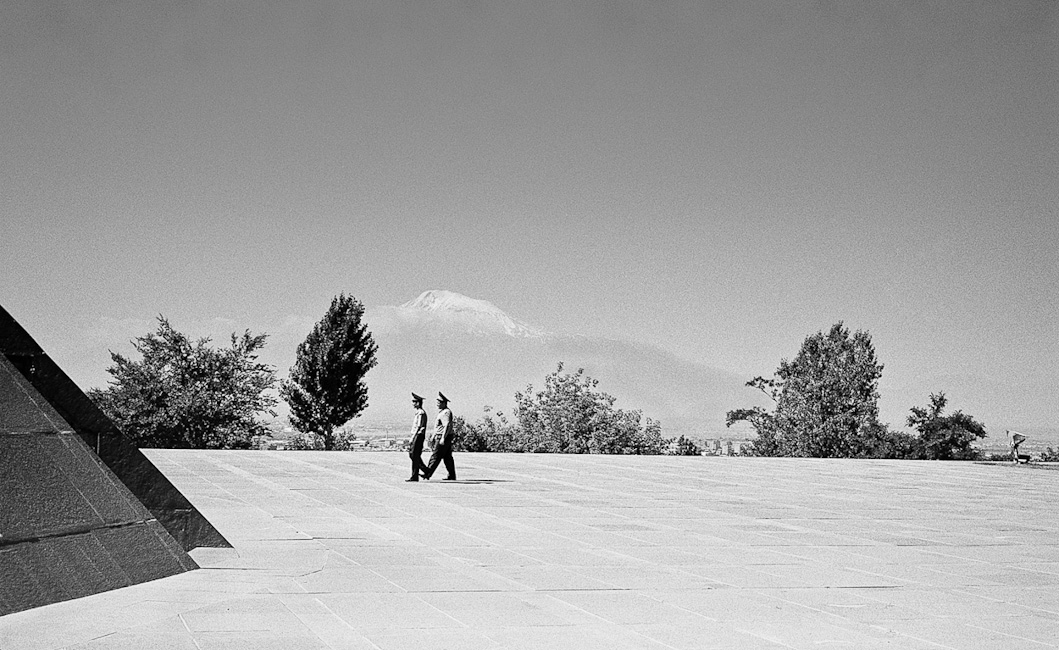Documentary/Reportage Work
During 2011 and 2012, I worked on several photo projects in the South Caucasus, mainly covering the aftermath of the Abkhazia, South Ossetia and Karabakh wars. It was a sobering experience. Yet, despite all the misery, I also experienced tremendous hospitality from the internally displaced people (”IDPs”) and refugees, sharing whatever little they had. We talked, drank and ate together. It was a memorable time, and I am grateful to the Norwegian and Danish Refugee Councils and UNHCR Armenia for giving me the opportunity for these projects. Some things may have changed, but the recent flare-up of the Karabakh conflict shows that some things sadly have not.
Early Winter in Ergneti
(2011)
In the autumn of 2011, I began working on my long-term photo project about refugees and internally displaced people in the South Caucasus, working closely with the Norwegian and Danish Refugee Councils. During my work, I also visited the Georgian side of the buffer zone to South Ossetia. In 2008, a conflict erupted between Georgia and Russia over the breakaway region of South Ossetia. When I arrived in Ergneti, the war had been over for more than three years, but there were still traces of it everywhere – not only on the houses and infrastructure but also in the minds of the people living there. One scene struck me in particular: a lonely, elderly woman walks down a muddy street as winter arrives in Ergneti, a town almost completely destroyed during the war. The losers of this political power game are the people living on either side of the buffer zone – people who lost wives, husbands, sons or daughters, who lost their homes and livelihoods amidst the shelling, burning and bombing of villages.
The images were taken in 2011 during a photo project in collaboration with the Danish Refugee Council (DRC).
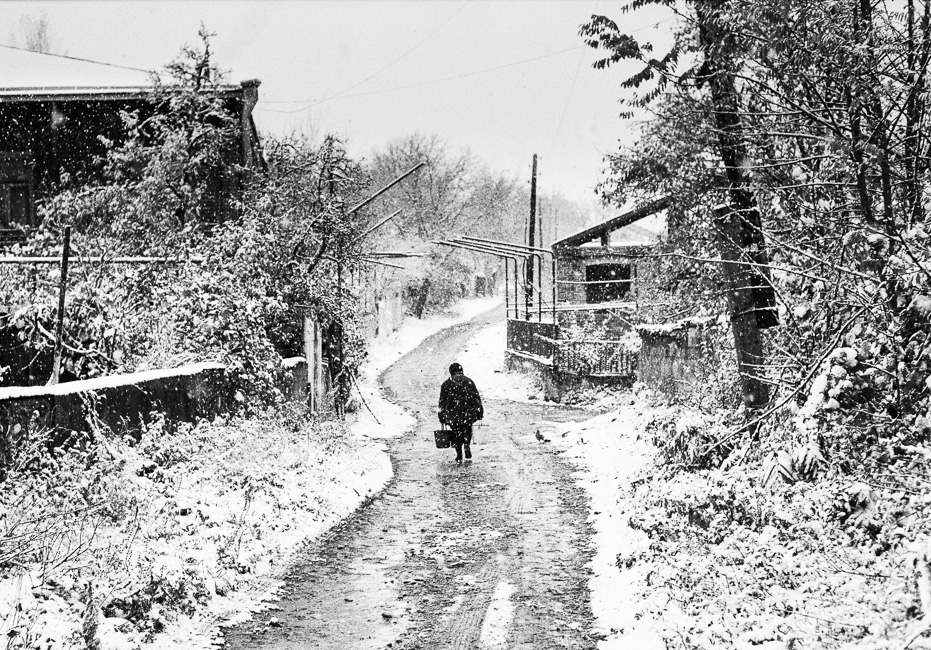

Tskhaltubo/Georgia - Waiting Since 18 Years For …?
(2011)
Tskhaltubo, a former Soviet spa resort, is now turned into a shelter for internally displaced people (IDP) from the short but intense Georgian-Abkhaz wars (1992–93 & 1998). The conflicts resulted in numerous war crimes, massacres and ethnic cleansing, forcing around 250,000 ethnic Georgians to flee Abkhazia. Some 7000* IDPs have been living here for 18 years in poor, cramped and unsanitary conditions, waiting for another future, seemingly forgotten by the rest of the world.
Tskhaltubo’s dilapidating buildings used to be the Soviet holiday paradise. Now, they are haunted by the ghosts of the past and the broken hopes of the present.
The images were taken in 2011 during a photo project in collaboration with the Danish Refugee Council (DRC).
*This number has decreased to 800 due to efforts to resettle IDPs in proper homes. Photo project from 2018 by Ryan Koopman: >>Sanatorium






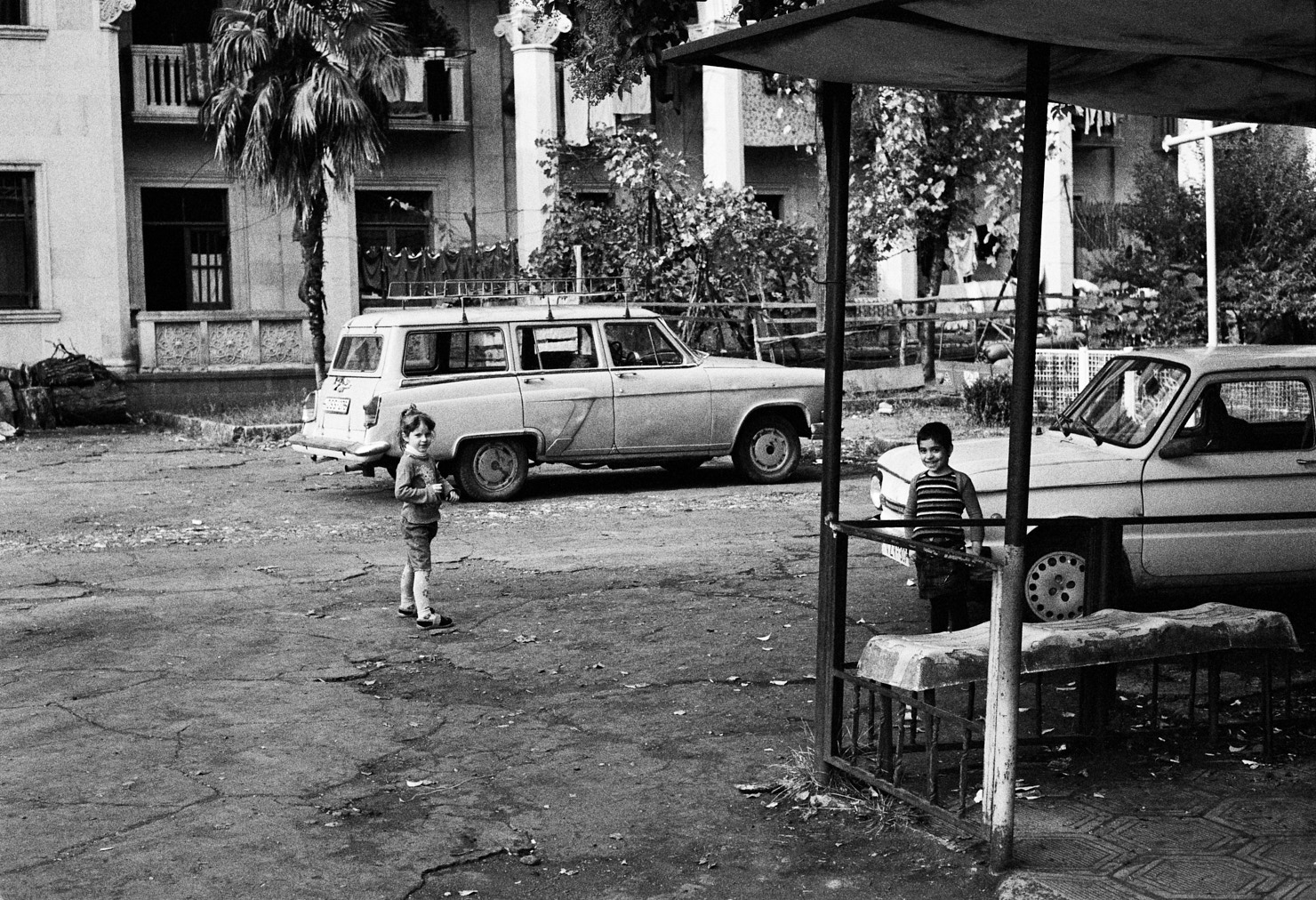

Refugees in Armenia - Nagorno-Karabakh and Syria/Iraq Aftermaths.
(2012)
During the 1988 - 1994 Nagorno-Karabakh conflict nearly 360.000 refugees - ethnic Armenians - fled Azerbaijan to Armenia. An even higher number - over 600.000 - of Azeris were driven from Armenia and Karabakh. The government of Armenia provided the refugees from Azerbaijan with rooms in former public administrative buildings not in function after the collapse of USSR - e.g. abandoned hotels, hostels, schools or kindergartens. Many refugees have acquired Armenian citizenship, others decided to hold their refugee status. Many died here as they grew older, others had success to escape the situation - but too many still survive in poor social and living conditions, and that since 20-23 years. Additionally, many ethnic Armenians fled Iraq and more recently, Syria. These ethnic Armenians are descendants of those driven from West Armenia during the 1915 Armenian Genocide, now returning to Armenia proper.The image was taken in 2011 during a photo project in collaboration with UNHCR Armenia and Helsinki Citizens' Assembly Vanadzor.


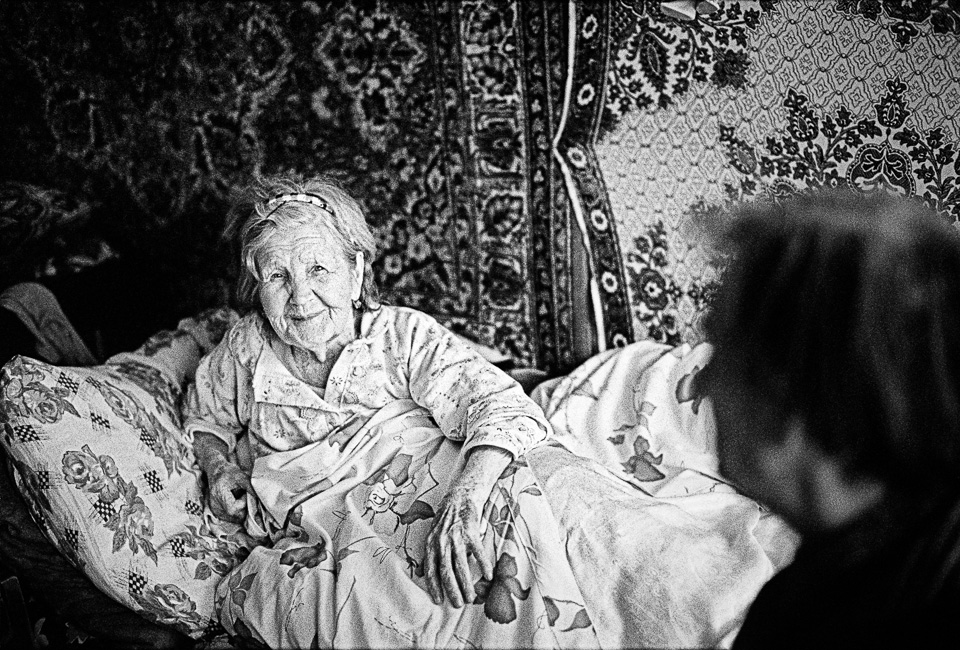
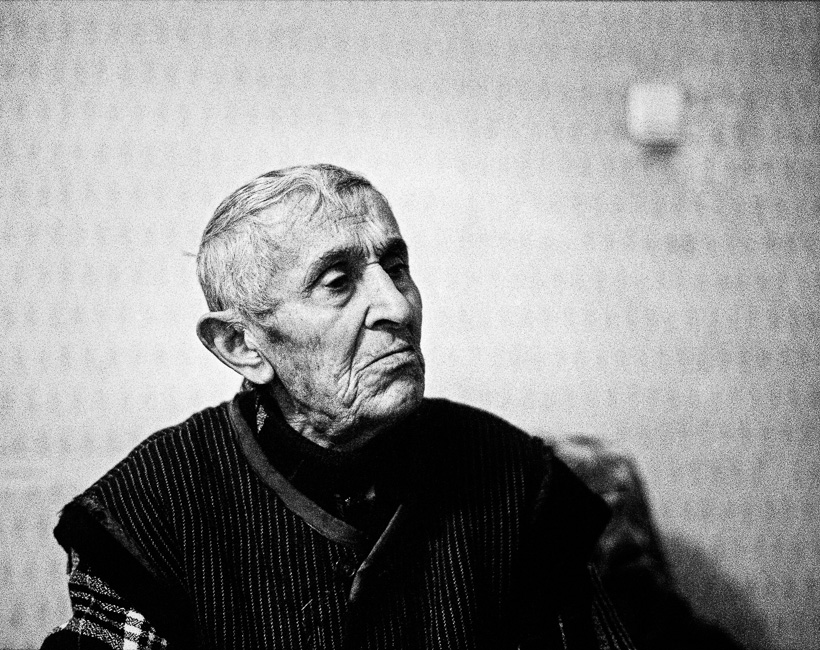

Dignity
(2012)
In the autumn of 2012 I worked with UNDPI Armenia on a small photo project about children with Special Needs in the orphanage Kharberd near Yerevan, Armenia, about 280 children live under hard conditions hard to imagine for outsiders. Disabled, left behind by their parents and forgotten by society, they depend on the work of a few motivated and dedicated people - nurses, doctors, pedagogues and social workers. The goal of the photo project was to show the children and their dignity, despite their daily struggles and the situation they live in. This image is for me the best of the series, because it displays exactly what I wanted to show.
Kharberd, Yerevan, Armenia; 09.10.2012
Kharberd, Yerevan, Armenia; 09.10.2012

Children in an IDP school, Kutaisi (Georgia)
(2011)

In autumn 2011 I worked with the Norwegian and Danish Refugee Councils on a photo project about internally displaced people (IDP) in Georgia, following the conflict in Abkhazia. I also worked with educational projects and children, both in Georgia and in Abkhazia. What I took away from this work is that children are the same on both side of the conflict – playful, innocent, curious. They are still far away from politics, ethical questions and the issue of status of the Abkhazia, and they gave me hope that this seemingly endless conflict someday will be solved for good.
(Published as Leica Fotografie International Photo Story)
(Published as Leica Fotografie International Photo Story)
Ararat
(2011)
The legacy of history hangs in the air as two policemen stroll over the pavement at another hot and sunny summer day in Armenia’s capital Yerevan. They patrol the grounds of the Tsitsernakaberd memorial, dedicated to the Armenian genocide victims of 1915. Armenia’s holy mountain Ararat – now firmly in Anatolia - looms in the back, as a reminder of a dark and nebulous stretch of history. Every time I am in Armenia, no matter how sunny it is, beautiful Ararat seems to spread a somber aura over the country. Will I ever be able to visit Armenia or Turkey and see Ararat as worthy holy and religious mountain, signifying respect, dialogue and forgiveness?
(Published as Leica Fotografie International Photo Story)
(Published as Leica Fotografie International Photo Story)
